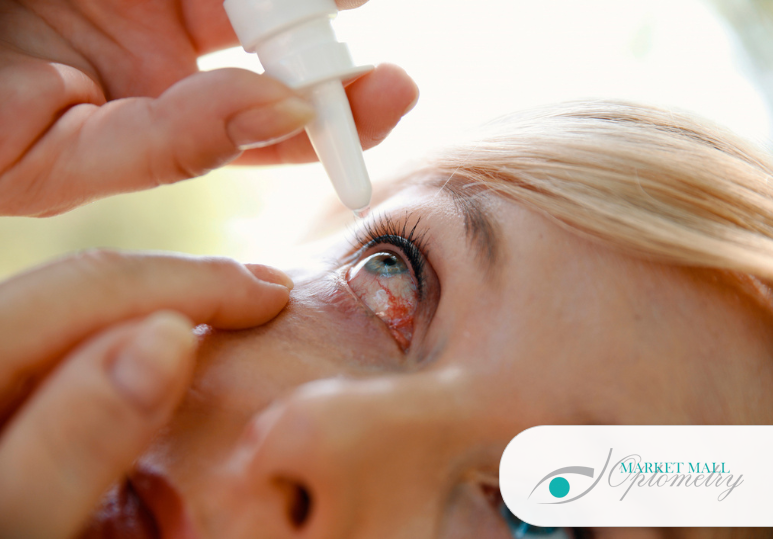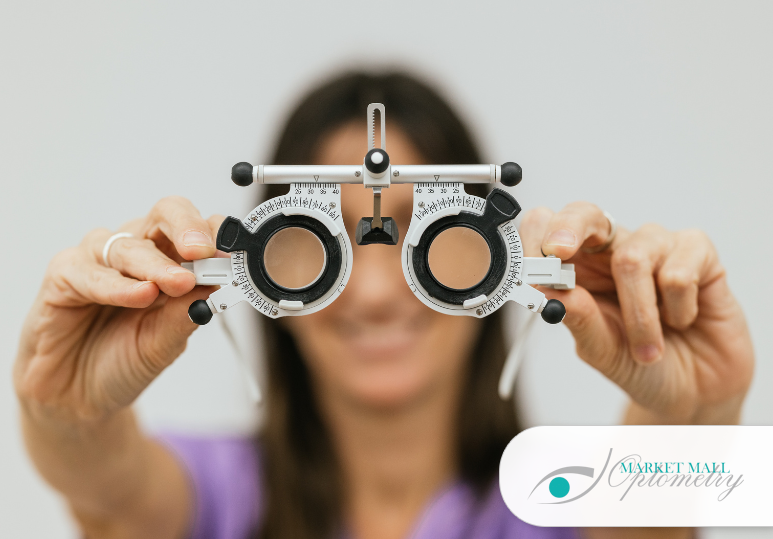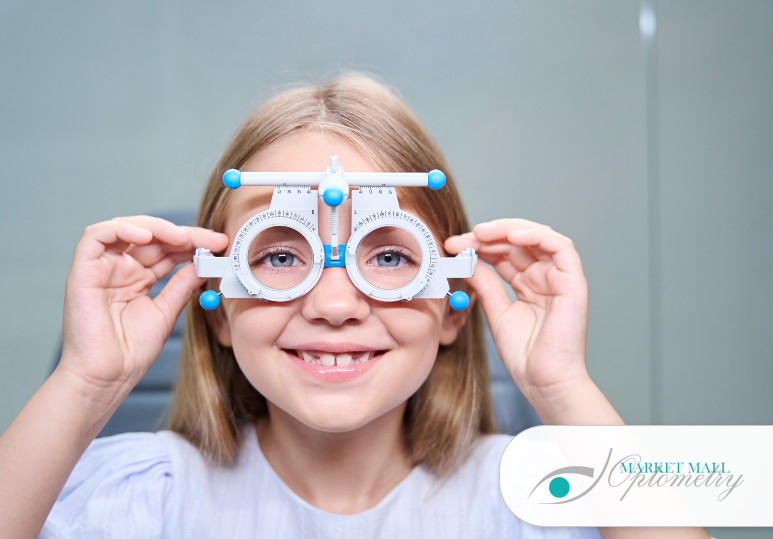As the winter chill settles in and daylight hours dwindle, many of us find ourselves spending more time indoors. While cozying up indoors can be comforting, it also comes with its set of challenges for eye health. In this article, we'll explore how to beat the winter blues and combat digital eye strain, helping you maintain optimal indoor eye health during the colder months.
Winter often means extended hours spent indoors, whether working remotely, binge-watching your favourite series, or enjoying a good book. This shift can take a toll on your eyes. We'll delve into the reasons behind these eye-related issues and offer practical tips to keep your eyes comfortable and healthy throughout the winter season.
3 Things to Remember:
1. Understanding the Winter Blues and Its Impact on Eye Health:
The winter blues, technically known as Seasonal Affective Disorder (SAD), can affect not only your mood but also your eyes. Reduced exposure to natural sunlight can disrupt your circadian rhythm, leading to a range of symptoms, including fatigue, irritability, and even eye discomfort.
Lack of Natural Light: With shorter days and gloomy weather, we're exposed to less natural light during the winter. Natural light is essential for maintaining our body's internal clock and regulating sleep patterns. The absence of adequate light can contribute to eye strain and discomfort.
Irritation and Dryness: Spending extended hours indoors with artificial heating can reduce indoor humidity levels, leading to dry eyes and irritation. This is particularly problematic for those with pre-existing dry eye conditions.
Recommendation: Combat the winter blues and protect your eyes by maximizing your exposure to natural light during the day. Consider opening curtains and blinds to let in as much sunlight as possible. Additionally, investing in a humidifier can help maintain a comfortable indoor humidity level and alleviate dry eye symptoms.
2. Digital Eye Strain: A Common Winter Affliction:
Winter often means more time spent on digital devices, whether for work or leisure. This increased screen time can result in digital eye strain, a condition characterized by symptoms like eye fatigue, blurred vision, and headaches.
Prolonged Screen Time: Remote work, virtual meetings, and recreational screen activities become more prevalent during the winter months. The continuous use of digital devices can strain the eye muscles and lead to discomfort.
Blue Light Exposure: Digital screens emit blue light, which can disrupt your sleep patterns by suppressing the production of melatonin, a hormone that regulates sleep. This not only affects your overall well-being but also has a direct impact on your eye health.
Recommendation: To alleviate digital eye strain, follow the 20-20-20 rule: every 20 minutes, take a 20-second break, and focus on something 20 feet away. Additionally, consider using blue light-blocking glasses or installing blue light filters on your devices to reduce exposure. Adjusting your screen's brightness and contrast settings to comfortable levels can also make a significant difference.
3. Prioritizing Eye Health During Indoor Activities:
Whether you're engrossed in a good book, working on a creative project, or simply enjoying indoor hobbies, it's essential to prioritize your eye health and comfort.
- Proper Lighting: Insufficient or harsh lighting conditions can strain your eyes when reading or engaging in other indoor activities. Ensure that your indoor spaces are well-lit to reduce eye fatigue.
- Blink More Often: When we focus on screens or reading, we tend to blink less frequently, leading to dry and irritated eyes. Make a conscious effort to blink more often to keep your eyes moist.
- Regular Eye Check-ups: Don't neglect your eye health during the winter. Schedule regular eye exams with your optometrist to monitor any changes in your vision or eye conditions.
- Recommendation: Invest in good-quality task lighting when engaging in indoor activities that demand visual attention. Practice conscious blinking and take breaks to rest your eyes. Additionally, consult with an eye care professional for customized advice on maintaining eye health.
Winter brings its unique set of challenges for eye health, from the winter blues to digital eye strain. However, with awareness and some simple adjustments to your daily routine, you can beat these winter eye woes. Prioritize exposure to natural light, follow eye-friendly practices during screen time, and create a well-lit, comfortable indoor environment. By doing so, you'll not only beat the winter blues but also safeguard your precious eyes from unnecessary strain and discomfort. Remember, your eyes deserve as much care and attention during the winter as they do in any other season. Stay warm, stay well, and keep your vision crystal clear!
Written on behalf of Market Mall Optometry.
FAQ
Q: Why do our eyes feel more uncomfortable during the winter months?
A: During winter, reduced exposure to natural light and dry indoor environments can contribute to eye discomfort. This can lead to symptoms like dryness, irritation, and even digital eye strain.
Q: Are there specific lighting recommendations for indoor activities like reading or working on hobbies during winter?
A: Yes, it's important to have proper task lighting to reduce eye strain. Ensure your indoor spaces are well-lit when engaging in activities that demand visual attention.
Q: How often should I schedule eye check-ups during the winter season?
A: Regular eye check-ups are essential year-round. Consider scheduling a check-up with your optometrist to monitor changes in your vision or address any winter-related eye issues.





